Three Streets – Three Different Roles
In the strategy of building Quy Nhon into a tourism and cultural center of the South Central region, the formation of high-quality public spaces plays a particularly important role.
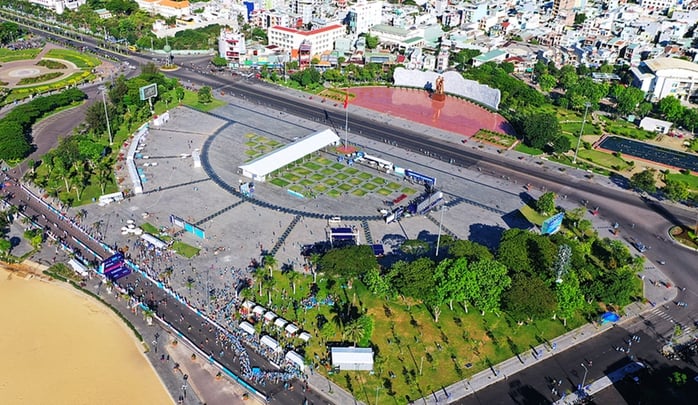
Nguyen Tat Thanh Square is where political and social events of Binh Dinh province take place.
In the context of rapid urbanization and the need to improve tourist experiences, on May 19, the People's Committee of Quy Nhon City decided to approve the project to build Quy Nhon Walking Street with a total investment of more than 104 billion VND. This is a strategic step to enhance the brand of the coastal city.
In modern urban planning, walking streets are not only places for cultural and entertainment activities but also a tool for managing public spaces, promoting social interactions, developing the night-time economy and increasing the value of real estate in the central area. For Quy Nhon - a city that is gradually asserting its position on the Vietnamese tourism map - walking streets will be an "extended arm" of a sustainable development strategy based on culture and people.
According to the project just approved by Quy Nhon City People's Committee, the walking street system includes 3 main routes, each route takes on a separate role.
Specifically, Nguyen Thiep route (120 m) is the direct connection to Nguyen Tat Thanh Square, where political and social events take place. This route will be a space for check-in, street art performances and community cultural activities. With an area of 11,000 m², this is the area that welcomes and creates "first emotions" for visitors.
The Do Doc Bao - Pham Hung route (1,140 m) is the main, longest and most diverse street, where commercial, artistic and entertainment activities converge. The space will be organized with 200 food stalls, souvenirs, and art performances - operating from morning to night (8am - 11pm), acting as the driving force of the night economy.
Nguyen Lac - Tran Doc route (320 m) focuses on developing a culinary area with local identity, directly connecting with the existing Ngo Van So Food Street, creating a value chain of culinary experiences for tourists and residents.
Creative space, identity and economy
Quy Nhon Walking Street not only organizes tourist activities, but is also a place to preserve and promote intangible cultural values such as: bai choi, Binh Dinh traditional martial arts, ho ba trao, Cau Ngu festival... From there, a "living museum" is formed in the heart of the city - where local culture is expressed through interaction and real-life experiences.
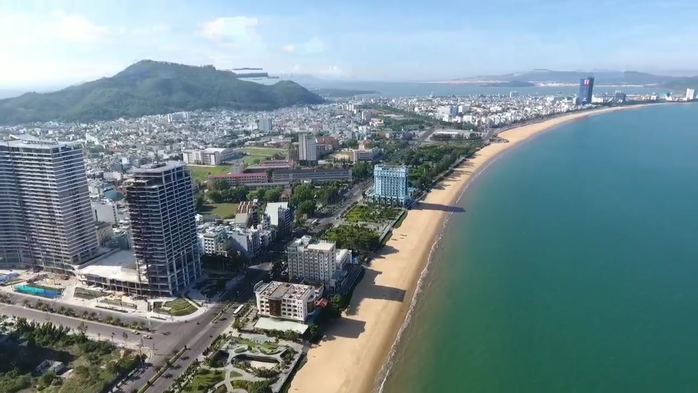
Quy Nhon is gradually affirming its position on the Vietnamese tourism map.
In addition, the establishment of a modern night market at the Children's Park football field (over 2,600 m² in area) promises to help operate the night-time economic model systematically, reduce pressure on residential areas, and create livelihoods for hundreds of small traders.
The highlight of the project is the establishment of the Walking Street Management Board - demonstrating professional thinking in managing public spaces. In addition, Quy Nhon Walking Street will install security cameras, modern lighting systems; have a quick response force; ensure a safe and comfortable environment for residents and tourists. Operating hours will be organized flexibly: the streets will be closed to vehicles from 5pm to midnight on weekdays and expanded on weekends and festivals - creating favorable conditions for tourism activities while still ensuring the daily life of local residents.
Mr. Nguyen Huu Khuc, Chairman of Quy Nhon City People's Committee, said that the goal of the Quy Nhon Walking Street project is to develop cultural, tourism and commercial space in the city center. Once formed, the walking street will become a new cultural and tourism highlight, contributing to promoting cultural exchange, promoting the city's image and effectively exploiting local tourism potential."
According to the reporter's private source, the Quy Nhon Walking Street project is expected to be implemented after Binh Dinh completes the arrangement and reorganization of commune-level administrative units.
Source: https://nld.com.vn/pho-di-bo-quy-nhon-khong-gian-moi-cho-nguoi-dan-suc-song-moi-cho-binh-dinh-196250523091141582.htm




![[Photo] Top players gather at the 2025 Nhan Dan Newspaper National Table Tennis Championship](https://vphoto.vietnam.vn/thumb/1200x675/vietnam/resource/IMAGE/2025/5/23/9ad5f6f4faf146b08335e5c446edb107)







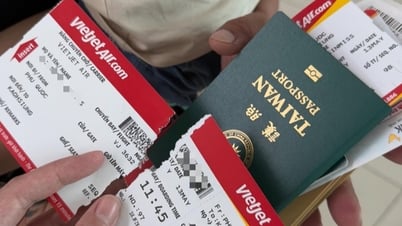

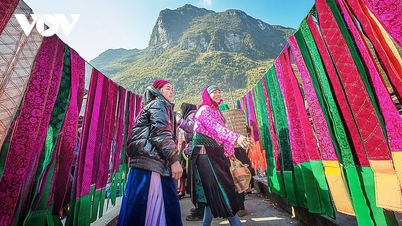







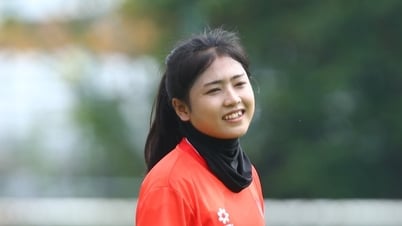

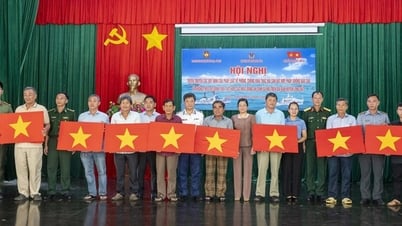
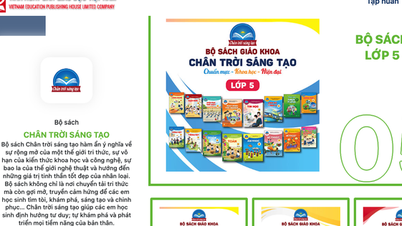
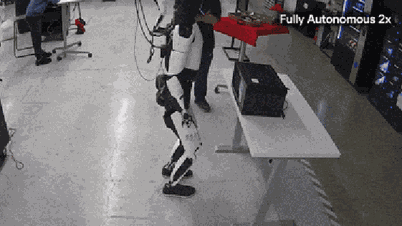








































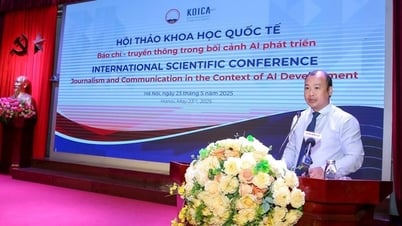
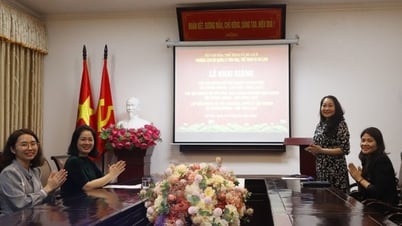
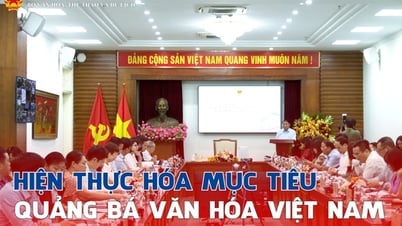
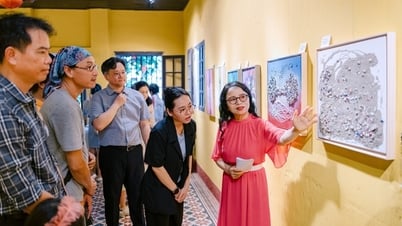
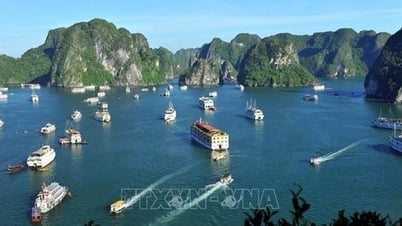






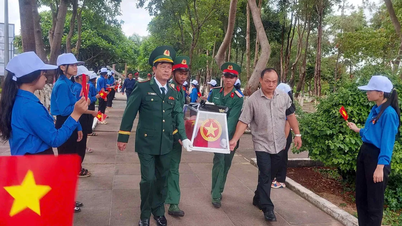
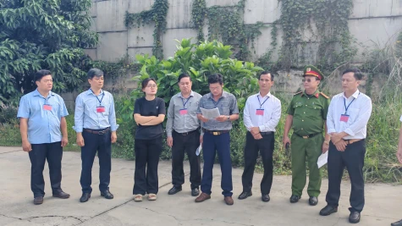

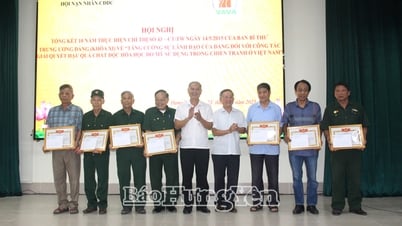











Comment (0)